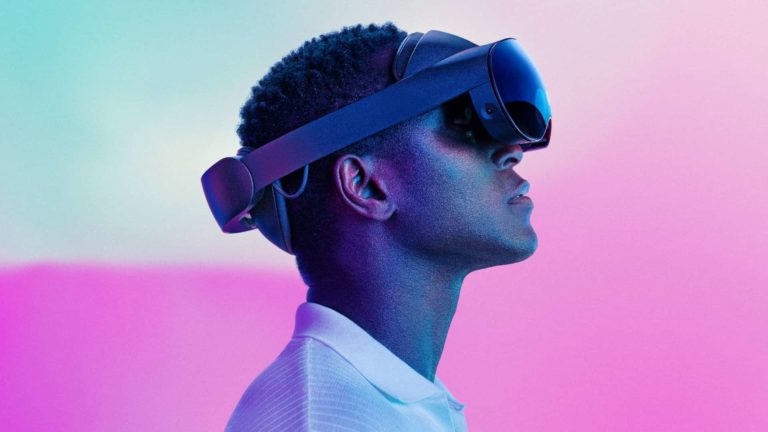
Like many analyst firms, market sizing is one of the ongoing practices of AR Insider’s research arm, ARtillery Intelligence. A few times per year, it goes into isolation and buries itself deep in financial modeling. One such exercise recently zeroed in on VR revenues.
This takes the insights and observations accumulated throughout the year and synthesizes them into hard numbers for spatial computing (see methodology and inclusions/exclusions). It’s all about an extensive forecast model coupled with rigor in assembling reliable inputs.
So what did the latest VR forecast uncover? At a high level, global VR revenue is projected to grow from U.S. $8.3 billion in 2021 to U.S. $28.8 billion in 2026, a 28.3 percent compound annual growth rate (CAGR). This represents fairly healthy growth but a slow road to scale.
Drilling down, our latest Behind the Numbers installment breaks down those figures and factors. What’s driving VR revenue generation today and going forward? What players are best positioned to gain market share? And what are the positioning strategies they’re applying?
Trading Margins for Market Share
Starting at the top, global VR revenue is projected to grow from U.S. $8.3 billion in 2021 to U.S. $28.8 billion in 2026, as noted, a 28.3 percent compound annual growth rate (CAGR). This consists of consumer ($7.25 billion in 2022) and enterprise ($4.73 billion in 2022) spending.
Consumer spending is driven by gaming’s lead as a VR use case. VR conversely has valuable but relatively-narrow use in enterprise settings due to its sensory immersion that compromises safety and situational awareness. Immersive training is an exception, that’s showing ample traction.
Hardware leads VR revenue as it often dominates revenue share in emerging tech sectors. Over time, software spending share grows as it builds on a larger cumulative installed base of in-market hardware. This shift is already underway in VR as hardware traction gradually escalates.
All the above is driven by Meta’s VR investments and loss-leader pricing – particularly for Quest 2 – as it “trades margins for market share” to jumpstart an early market share lead and network effect. Meta will further escalate that mission, albeit to a lesser degree, with Quest Pro.
This is all underway. Though VR is far from mainstream, Meta is working toward VR’s flywheel effect. This is Mark Zuckerberg’s goal of selling enough units that attract content developers, which in turn drives more hardware sales. Meta is already at 20 million in-market units.
Deep Pockets
But it’s not just about Meta. There are notable players in the VR landscape, including Valve Index in PC VR, PSVR 2 in console-based VR, and Pico 4 in standalone VR. The latter could challenge Quest 2 with a competitive spec sheet, though it’s having some challenges out of the gate.
But the interesting part about Pico (or the scary part, if you’re Meta) is its ability to compete on price. Unlike other competitors Meta has faced, Pico shares its ability to subsidize hardware, given its deep-pocketed owner Byte Dance. In fact, it’s borrowing right from Meta’s playbook.
In other words, ByteDance’s VR play through Pico involves a social media giant using ad revenue to invest in building VR market share. If that sounds familiar, it’s because it’s Meta’s go-to-market modus operandi. Throw in the fact that Pico has an edge in the massive China market.
Conversely, Meta has a technological edge in the competencies developing at the well-funded Meta Reality Labs. Moreover, like most things, VR is all about content. And Pico has some deficiencies in its developer ecosystem and games library. That will be the factor to watch.
Beyond all that, another lesson from market share leaders – Quest 2 and PSVR – is to keep the value proposition fun and simple. They take a Nintendo-like approach by avoiding a specs arms race, in favor of selling fun (not to mention low-cost). That’s the winning play so far.
That just scratches the surface for VR players and dynamics, but we’ll pause there and circle back in the next Behind the Numbers with more VR market segments and drill-downs…






